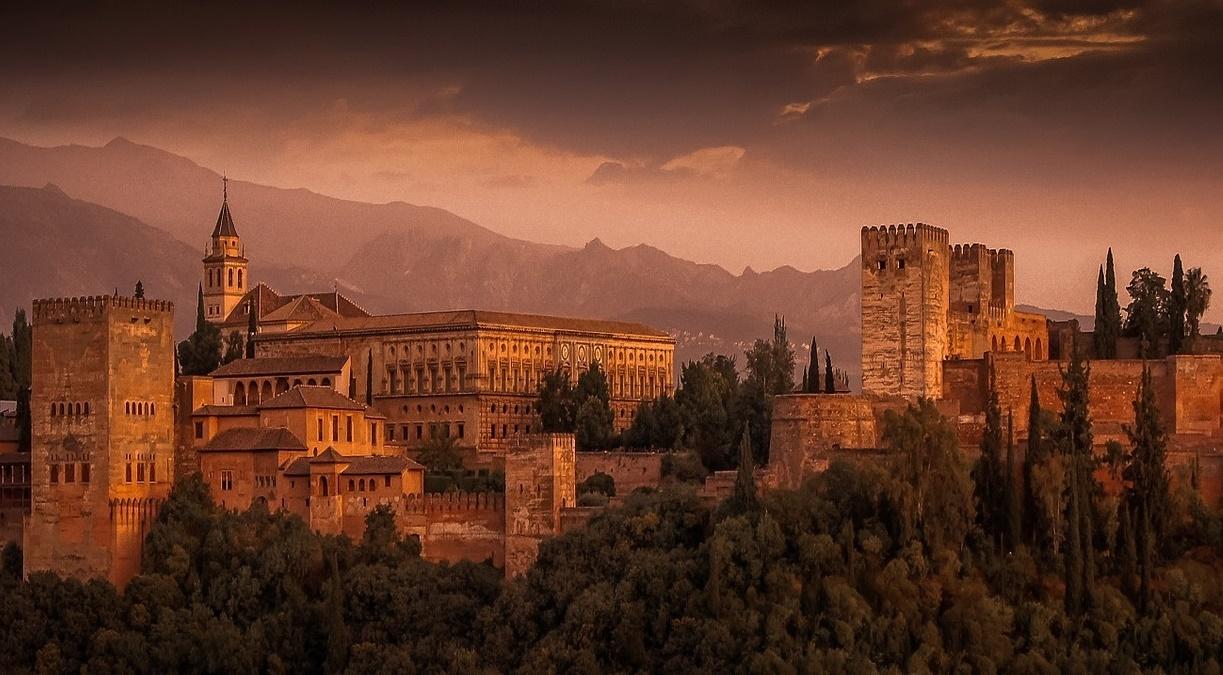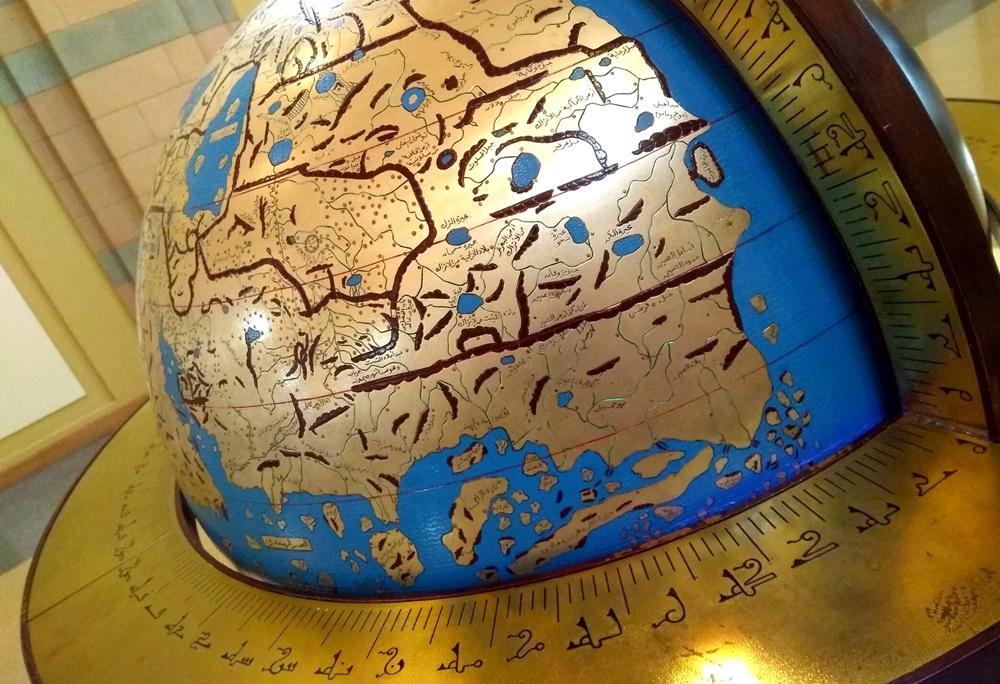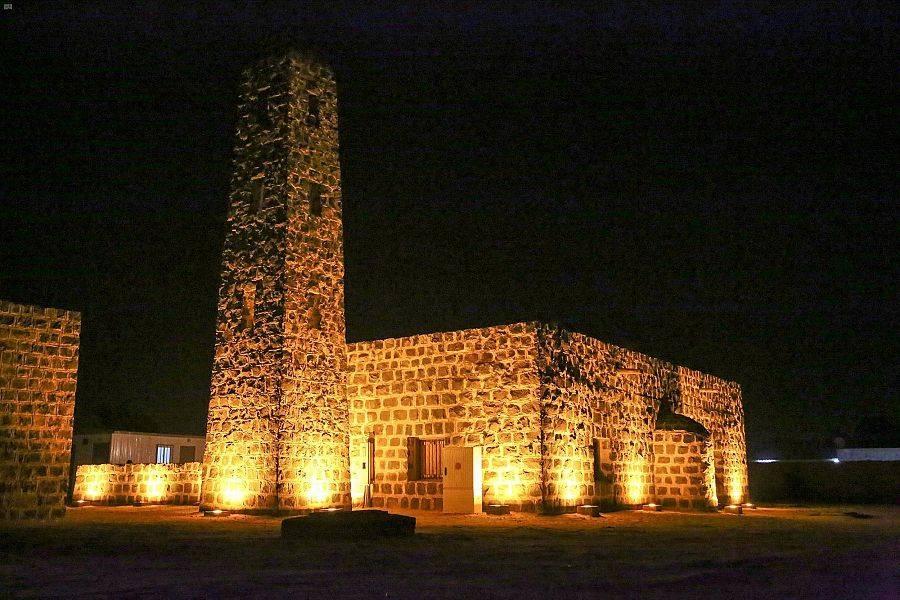LONG before internet searches ‘democratized’ information and encyclopaedic websites made life easier for students and researchers alike, there was a class of scholars – men and women of knowledge – who thrived in the hardest of circumstances, undeterred by the most meagre of means.
They worked not for name and fame, but with their sights set on Eternity; they considered the pursuit of knowledge and its dissemination a sacred duty – not just among the people of their own time, but for all of humanity until the Last Day.
Abu’l Fida Imaduddin Isma’il Ibn ‘Umar Ibn Kathir Ibn Daw’ Ibn Kathir Ibn Zar` Al-Qurayshi (may Allah have mercy upon him), best known as ‘Ibn Kathir’ is one such scholar, and his works are fine examples of enduring scholarship, which continue to benefit scores of people throughout the world over 700 years after he passed away.
His Life
The scope of Ibn Kathir’s genius is awe-inspiring: Orphaned at the age of four, he was taken under the wing of another scholar, Yusuf Ibn Abdur-Rahman Al-Mizzi, and later married his mentor’s daughter. His contemporaries attested to his amazing memory which enabled him to memorize the Qur’an and several thousand Prophetic narrations.
Besides, he was a Qadhi (Jurist), a professor of Theology at the Great Mosque of Damascus, and a Mufassir (exegete) who added great value to his Tafsir by including Prophetic narrations (Ahadith) and sayings of the Companions (A’thaar) related to the verses.
Just before he passed away, he lost his eyesight and left behind several incomplete works of great ambition, among which were commentaries on Sahih Al-Bukhari and Sahih Muslim. [Also read: How Exactly Is A Hadith Graded Sahih]
Al-Bidayah wa An-Nihayah
However, for history enthusiasts, Ibn Kathir’s magnum opus remains ‘Al-Bidayah wa An-Nihayah’ (The Beginning and The End), a one-of-a-kind history book that begins with ‘Fee Ma Jara Fi Wasf Al-Arsh wal Kurisi’, a chapter on the description of the Divine Throne and the Kursi – which existed before the creation of human beings – and ends with descriptions of the joys of Paradise and the terrors of Hell – a reminder of our ultimate End.
The book talks about the story of creation based on the Qur’an and Prophetic narrations, includes stories of the People of the Book (Jewish scriptures and traditions), stories of the Prophets (Qisas Al-Anbiya), and the detailed Seerah of the Prophet ﷺ from various sources.
It is interspersed with narrative poetry (‘Abyat’) – one set of verses by the author’s student Abdullah Al-’Aadhid traces the reign of the four Righteous Caliphs in poetry, which Ibn Kathir followed up with his own verses on the sacking of Baghdad by the Tatars. [Also read: Book Review: Civilization Of Faith]
While Al Bidayah wa An-Nihayah is usually used as a reference book, it is much more than that – its thrilling pages bring the past back to life: its heroes and villains, its glory and misfortunes.
Ibn Kathir’s documentation of events in his own era have an immediacy that is much more chilling than the pathos of other historians:
“… The year 658H dawned on Yawm-ul- Khamees (Thursday), when the Muslims were without a Caliph. The king of Iraq, Khorasan and parts of Sham was Sultan Hulagu Khan, the king of the Tatars, the descendant of Chengiz Khan. The ruler of Egypt was Saifuddin Qutuz; the ruler of Damascus was An-Nasir Bin Al-Aziz Bin Ath-Thahir, the conqueror of Jerusalem. And while the people were in this state, news spread that the Tatars were heading towards Sham.”
“The Mongols entered with their king Hulagu, and they crossed the River Euphrates on bridges they put up. They reached Halab on the second day of Safar, surrounded it for seven days, and conquered it without a fight. Only Allah knows the number of people they killed, what happened to them was almost what had happened in Baghdad […] and what Allah had determined came to pass.”
“[…]They reached Damascus by the end of Safar, and took it quickly without any resistance. Some of the nobles of the city even received them with happiness and Hulagu wrote a peace treaty with the people of the town, so the people felt secure that what had happened to Halab and Baghdad wouldn’t happen to them.”
“They began an assault on the castle and used their cannons to smash its walls so that it almost fell. The ruler agreed to meet them for reconciliation talks by afternoon, but by then they had opened the castle and destroyed every single thing in it – even its tall towers, and this was in the middle of Jumad-Al- ’Ula.”
Although parts of the book or an abridged version have been translated into various languages, I pray that one day the entire book is translated into English, so that non-Arabic readers get a taste of what they have been missing out on.
Limited free articles. Subscribe for full access.








 Dr. Bilal Philips
Dr. Bilal Philips